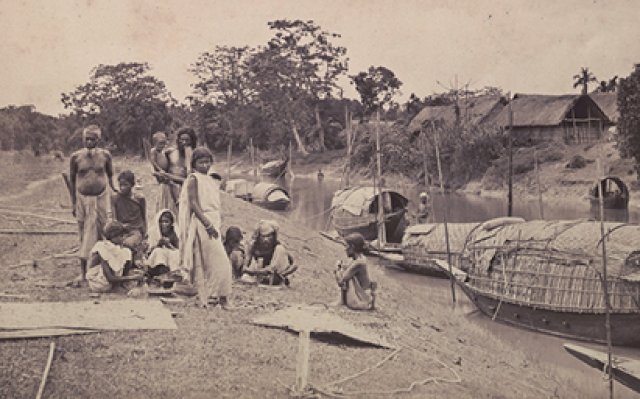
An Imperial Disaster: The Bengal Cyclone of 1876
Benjamin Kingsbury
Hurst, 2018
256 pp, $45
In the early hours of October 31, 1876, there was a terrible convergence of storm, tide and full moon in the Bay of Bengal. Its immediate effect was to send a giant wave, 12 metres high, over the low lying islands and coastal areas.
At least 215,000 people drowned.
It was followed by famine as shocked communities tried to scrounge what food they could. Then at least a further 100,000 died in a cholera epidemic.
It still ranks as the worst natural disaster of all recorded history. Except, as New Zealand historian Benjamin Kingsbury demonstrates with forensic precision, the weather may have been “natural”, but the disaster was a product of British rule.
Before British rule, communities had been protected against the worst of the cyclones by thick coastal mangrove forests. But, starting in 1819, the British East India Company and the later British colonial regime recognised there was tax to be extracted if the mangroves were cleared and the land cultivated.
Acquiring the new land projected imperial power. Areas were named after British military heroes, political leaders, royalty and even district bureaucrats.
The company harvested “handsome profits”, Kingsbury says, nearly doubling its revenue.
Not that British hands were calloused by the labour — that was done by desperately poor Bengalis. Not even the taxes were collected by the British. That fell to rent-racking landlords known as zamindars, whom the British squeezed in turn.
The actual land management was left to underpaid agents who lived by extorting what they could from the tenants. In this repugnant hierarchy, social position was a predictor of death by cyclone.
“Among the least likely to be swept away by a storm-wave were the zamindars,” according to Kingsbury. He says “they were absentees … spending their lives and rental incomes in Calcutta, avoiding even the customary annual tour of the properties”.
It was the poor who suffered, with a particular loss of life among women and children. For example, on the Patuakhali islands, 85% of the boys and 90% of the girls drowned.
The area’s women lived under a particularly virulent form of religiously inspired seclusion. When the storm wave hit, the women were effectively locked in their homes with their children. It was mostly men who survived by climbing high trees.
The official British response was spearheaded by Sir Richard Temple, a champion of “free market” economic policy.
“We trust that very little relief will really be needed,” he wrote. For Temple, relief centres were “as much for guard as for relief; are established for the purpose of restoring order, of preventing confusion, of keeping rustic society together, of making every responsible person stick to his work, and of ensuring that public confidence without which trade of all sorts cannot be quickly restored.”
He made no mention of saving lives.
Temple chose Fleetwood Pellew as his officer in charge, a man known for his lack of sympathy for “the natives”.
Pellew was ordered to “be very economical spending money”. He set up observation posts to ensure people were “thoroughly watched”.
If someone was starving and close to death, they were to be given food. But the observation posts were to ensure that traders could ship in their commodities without fear of being plundered.
Within weeks, Temple ordered the termination of relief.
Even the casualty numbers are rough estimates because the British authorities were lackadaisical about collecting figures.
In Calcutta, newspapers published in local languages started to raise the alarm. The British suppressed them.
In the middle of the catastrophe, while people were without adequate food, shelter or water, and remaining water tanks were choked with rotting corpses and the fields littered with decomposing bodies, the British authorities staged a celebration to mark the investiture of Queen Victoria as Empress of India. It cost half a million pounds.
From the disaster, the British learned nothing.
“Perhaps the most notable consequence of the 1876 cyclone was the absence of any measures aimed at preventing a similar event in the future,” Kingsbury says.
Official British interest “went no further than the restoration of business as usual — the business of maximising revenue and rent”.